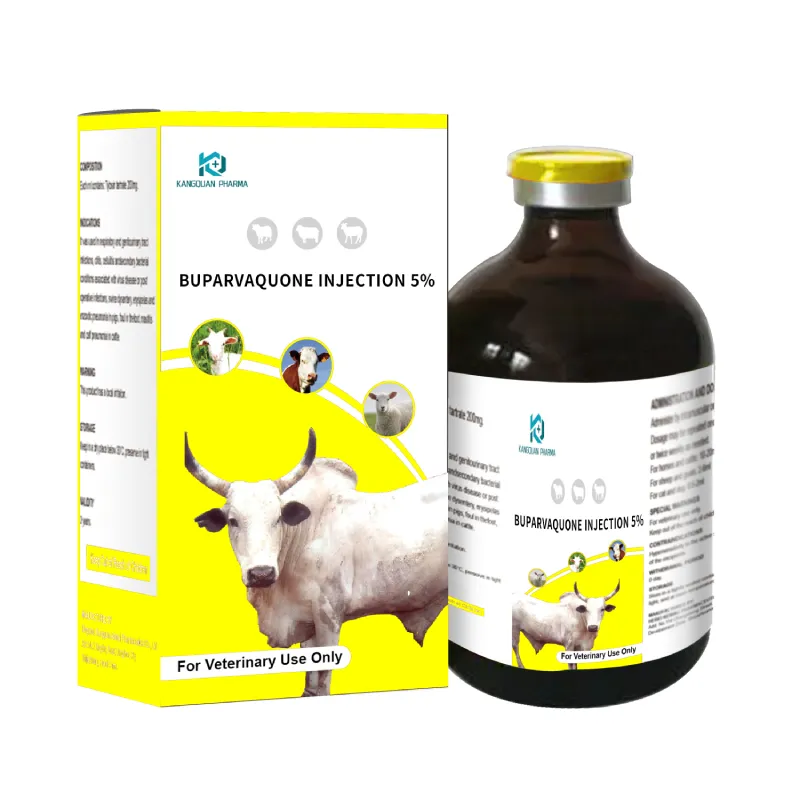- Afrikaans
- Albanian
- Amharic
- Arabic
- Armenian
- Azerbaijani
- Basque
- Belarusian
- Bengali
- Bosnian
- Bulgarian
- Catalan
- Cebuano
- Corsican
- Croatian
- Czech
- Danish
- Dutch
- English
- Esperanto
- Estonian
- Finnish
- French
- Frisian
- Galician
- Georgian
- German
- Greek
- Gujarati
- Haitian Creole
- hausa
- hawaiian
- Hebrew
- Hindi
- Miao
- Hungarian
- Icelandic
- igbo
- Indonesian
- irish
- Italian
- Japanese
- Javanese
- Kannada
- kazakh
- Khmer
- Rwandese
- Korean
- Kurdish
- Kyrgyz
- Lao
- Latin
- Latvian
- Lithuanian
- Luxembourgish
- Macedonian
- Malgashi
- Malay
- Malayalam
- Maltese
- Maori
- Marathi
- Mongolian
- Myanmar
- Nepali
- Norwegian
- Norwegian
- Occitan
- Pashto
- Persian
- Polish
- Portuguese
- Punjabi
- Romanian
- Russian
- Samoan
- Scottish Gaelic
- Serbian
- Sesotho
- Shona
- Sindhi
- Sinhala
- Slovak
- Slovenian
- Somali
- Spanish
- Sundanese
- Swahili
- Swedish
- Tagalog
- Tajik
- Tamil
- Tatar
- Telugu
- Thai
- Turkish
- Turkmen
- Ukrainian
- Urdu
- Uighur
- Uzbek
- Vietnamese
- Welsh
- Bantu
- Yiddish
- Yoruba
- Zulu
10 月 . 07, 2024 02:10 Back to list
amoxicillin injection for animals
Amoxicillin Injection for Animals A Comprehensive Overview
Amoxicillin, a broad-spectrum antibiotic belonging to the penicillin group, is widely used in veterinary medicine for the treatment of various bacterial infections in animals. This powerful medication is particularly effective against gram-positive bacteria and some gram-negative bacteria, making it a critical tool for veterinarians in ensuring the health and well-being of pets and livestock alike.
Uses of Amoxicillin in Veterinary Medicine
Amoxicillin injection is commonly employed to treat a variety of bacterial infections in animals, including respiratory, urinary tract, gastrointestinal, and skin infections. It may also be utilized in the treatment of infections following surgical procedures. For instance, pets suffering from pneumonia, bronchitis, or ear infections often benefit from amoxicillin therapy. In cattle and other livestock, it is used to manage mastitis and other systemic infections, which can have significant implications for their health and productivity.
Mechanism of Action
Amoxicillin works by inhibiting the synthesis of bacterial cell walls, leading to cell lysis and death. By targeting the bacteria's ability to form protective walls, amoxicillin disrupts their growth and replication. This makes the antibiotic particularly effective in treating infections caused by susceptible bacteria, allowing the animal's immune system to mount a more effective response.
Administration and Dosage
amoxicillin injection for animals

Amoxicillin for animals is typically administered via injection, which allows for rapid absorption and distribution throughout the body. The dosage of amoxicillin varies based on the type of animal, the severity of the infection, and the veterinarian’s assessment. It is crucial for pet owners to adhere strictly to the veterinarian's dosage recommendations to ensure effective treatment while minimizing the risk of antibiotic resistance.
Considerations and Precautions
While amoxicillin is generally safe for most animals, there are some considerations pet owners should be aware of. Allergic reactions can occur, especially in animals that are sensitive to penicillin. It is essential to monitor the animal for any signs of adverse reactions, such as swelling, difficulty breathing, or gastrointestinal upset after administering the injection. Additionally, amoxicillin should not be used in animals with a known allergy to penicillin or cephalosporins.
Veterinarians often perform sensitivity testing to determine the most appropriate antibiotic for a particular infection, especially if the bacteria involved are resistant to other antibiotics. Furthermore, the use of antibiotics like amoxicillin should always be done judiciously to prevent the development of antibiotic-resistant bacteria, which poses a significant threat to both animal and human health.
Conclusion
Amoxicillin injection is a vital tool in veterinary medicine, enabling effective treatment of a wide range of bacterial infections in animals. Understanding its uses, mechanism of action, proper administration, and potential risks can help pet owners ensure the best outcomes for their furry companions. As with any medication, responsible use and adherence to veterinary guidance are paramount in safeguarding animals' health and preventing the risks associated with antibiotic resistance. By promoting the responsible use of antibiotics, we can help maintain the effectiveness of these essential medications for future generations of animals.
-
The Power of Radix Isatidis Extract for Your Health and Wellness
NewsOct.29,2024
-
Neomycin Sulfate Soluble Powder: A Versatile Solution for Pet Health
NewsOct.29,2024
-
Lincomycin Hydrochloride Soluble Powder – The Essential Solution
NewsOct.29,2024
-
Garamycin Gentamicin Sulfate for Effective Infection Control
NewsOct.29,2024
-
Doxycycline Hyclate Soluble Powder: Your Antibiotic Needs
NewsOct.29,2024
-
Tilmicosin Premix: The Ultimate Solution for Poultry Health
NewsOct.29,2024













